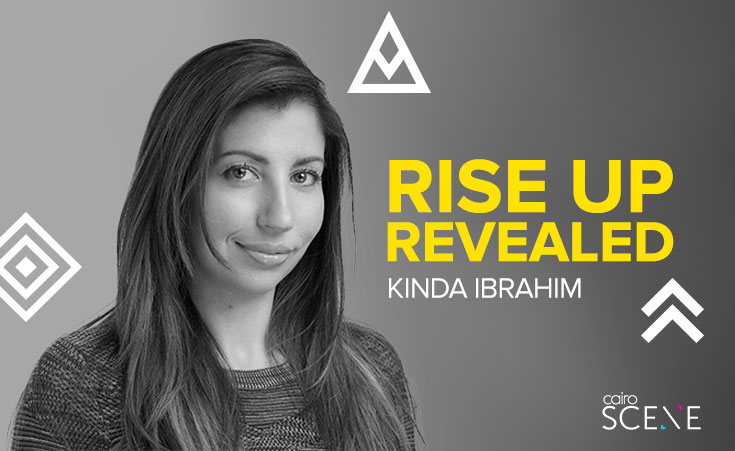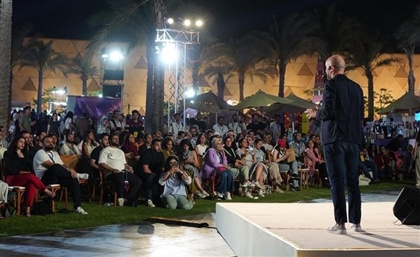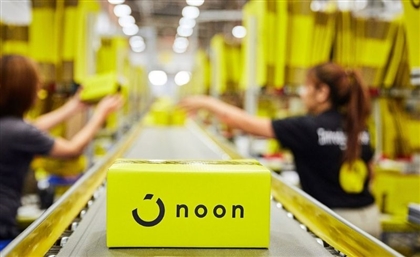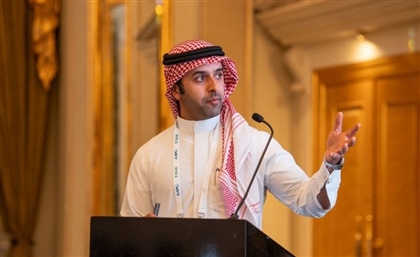Twitter’s Kinda Ibrahim Reveals How Social Media Sets Off to Replace TV
In the second edition of our collaboration with RiseUp Summit, we speak to Twitter’s own Director of Media Partnerships to uncover how young generations are replacing TV with social feeds – and how startups can tap into that.

The disruption of Snapchat and its fundamentally ephemeral, real-time essence sparked a new battle amongst social media giants - a battle whose fields are the digital ‘live’ space and its weapon, video. At the core of the race to capture the hearts and minds of an ever-changing audience lies a fundamental paradigm shift: young audiences not only want to interact with the content they consume, they want to do it in real-time.
But for Twitter, which was long entrenched as a second screen experience and served as a platform for TV viewers to comment on shows and sports matches as they went on, this shift came as a natural consequence. After acquiring Periscope in 2015, the social media mammoth went on to launch Twitter Live last July in a strategic move to involve brands while streaming certain shows live.
“Before live streaming, Twitter was always the second screen, so it made sense to bring this entire experience and allow people to contribute,” says Kinda Ibrahim, Twitter’s Director of Media Partnerships for the MENA region.
“We think of it as a natural progression of user generated content. From text, to GIFs, to videos, consumers have more choices. Nowadays, it’s very hard to capture their attention, and formats like video are more effective to engage them. People are looking for what’s happening around the world and for us it makes sense, because Twitter has always been the platform where news breaks, where citizen journalism rose, and eye witness accounts were posted,” she explains.
As she gears up to head a talk at the RiseUp Summit coming up in December, the social media expert – who previously worked for Maktoob and Microsoft MSN – unveils why content is the next big challenge for every brand, and why being ‘live’ is more relevant than it ever was before.
From her office in Dubai, Ibrahim’s team establishes media partnerships with content creators across different fields, from TV stations like MBC, to celebrities such as Ahmed Helmy and Youssra, to sports club like Zamalek and Ahly or governments.
“A lot of brands create their own content now, and we work with them to associate their messaging with content. We help them understand their audience,” she explains. Their programme, Amplify, enables brands to associate their message with premium content, such as Champions League matches, which is high on demand. “It’s an extension of what brands do on TV,” says Ibrahim.
Last summer, the company partnered with beIN to showcase Champions League video highlights for the first time in the MENA region, allowing fans to instantly view highlights of football matches directly from their Twitter feeds.
And the platform is capitalising on high-scale events such as the US election, which were streamed live to a smashing 6 million viewers. In the Gulf region, Twitter's first live streaming advertiser, Lipton, partnered with BuzzFeed to deliver real-time highlights of the election to people across the GCC during the 24 hours between November 8th and 9th.
“Obviously the product is still quite new, but we are doubling ways to interact with the content. Users are looking across social media platforms and increasing demand for live and video content.” The sexiest perk of the experience is, fundamentally, the ability to interact with the broadcaster itself and ultimately have a say in the content streamed. “You can, for example, direct the broadcaster to show a different angle of part of the event you are covering,” explains Ibrahim.
Striving to offer a full-fledged live experience, the platform recently launched a live streaming of NFL football matches every Thursday. “Users can watch the matches on Twitter, and there is an opportunity for brands to associate them through visual ads on the videos. They don’t even have to log into Twitter; they can watch the full game live and at the bottom you can start commenting,” she clarifies.
As the RiseUp Summit heats up the ground for Arab startups to get inspired, connect, and grow, the question remains, how can they tap on live content? “There are several ways for talents, creatives, and startups to use it. What we advise everyone is to think about their audience and what you want to deliver to them; it can be anything from your profile, how many Tweets you create, or how you interact with others, to which products to promote. Twitter is a conversational platform, so there is an opportunity to connect and influence a large audience,” she concludes.
Kinda Ibrahim will be at this year's RiseUp Summit; check out the agenda and other speakers on their Facebook page here or follow them on Instagram @riseupsummit.
- Previous Article Bassita: Click Funding for a Better Egypt
- Next Article New App Lets You Book A 'Vespa' For Your Next Ride






















